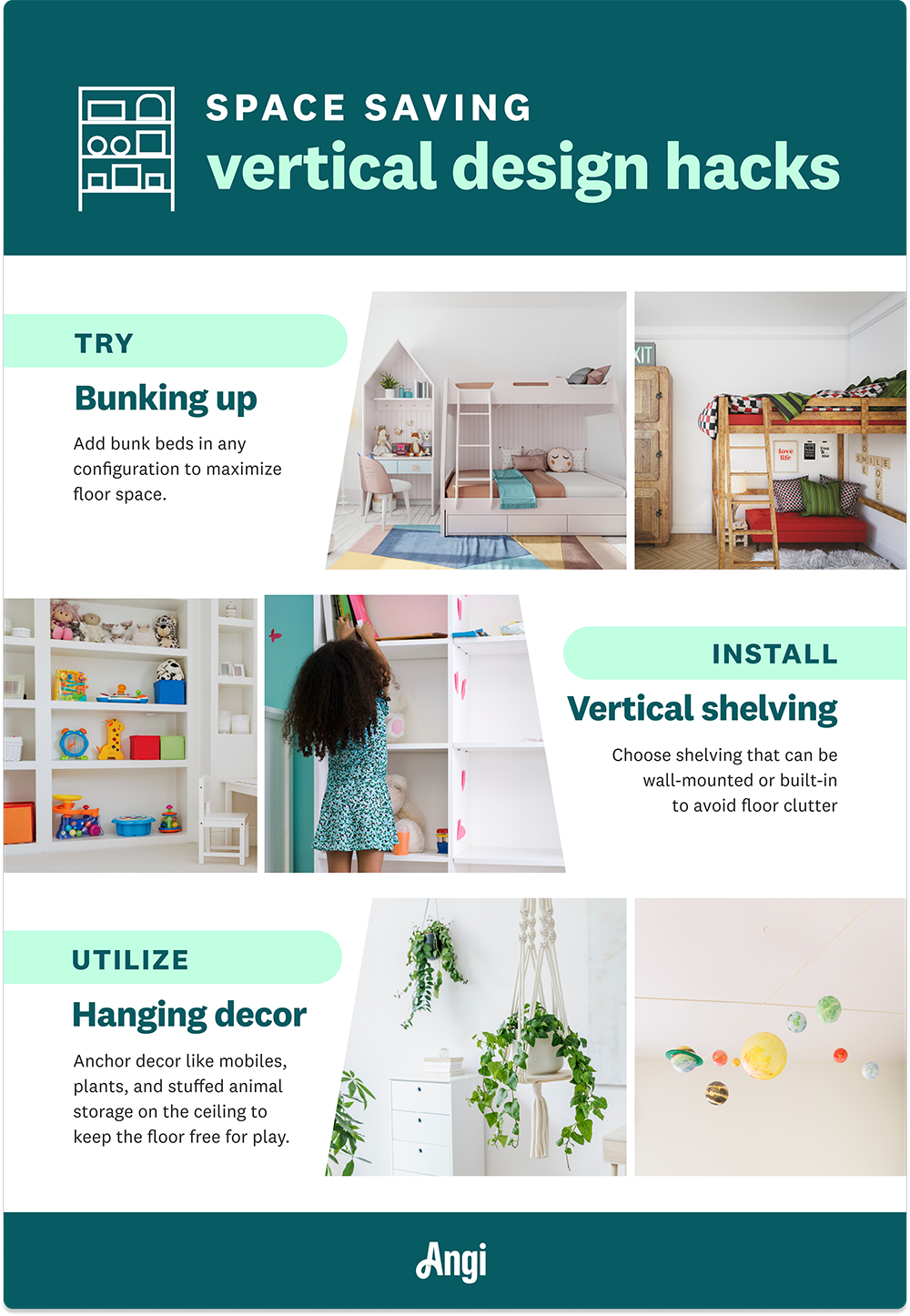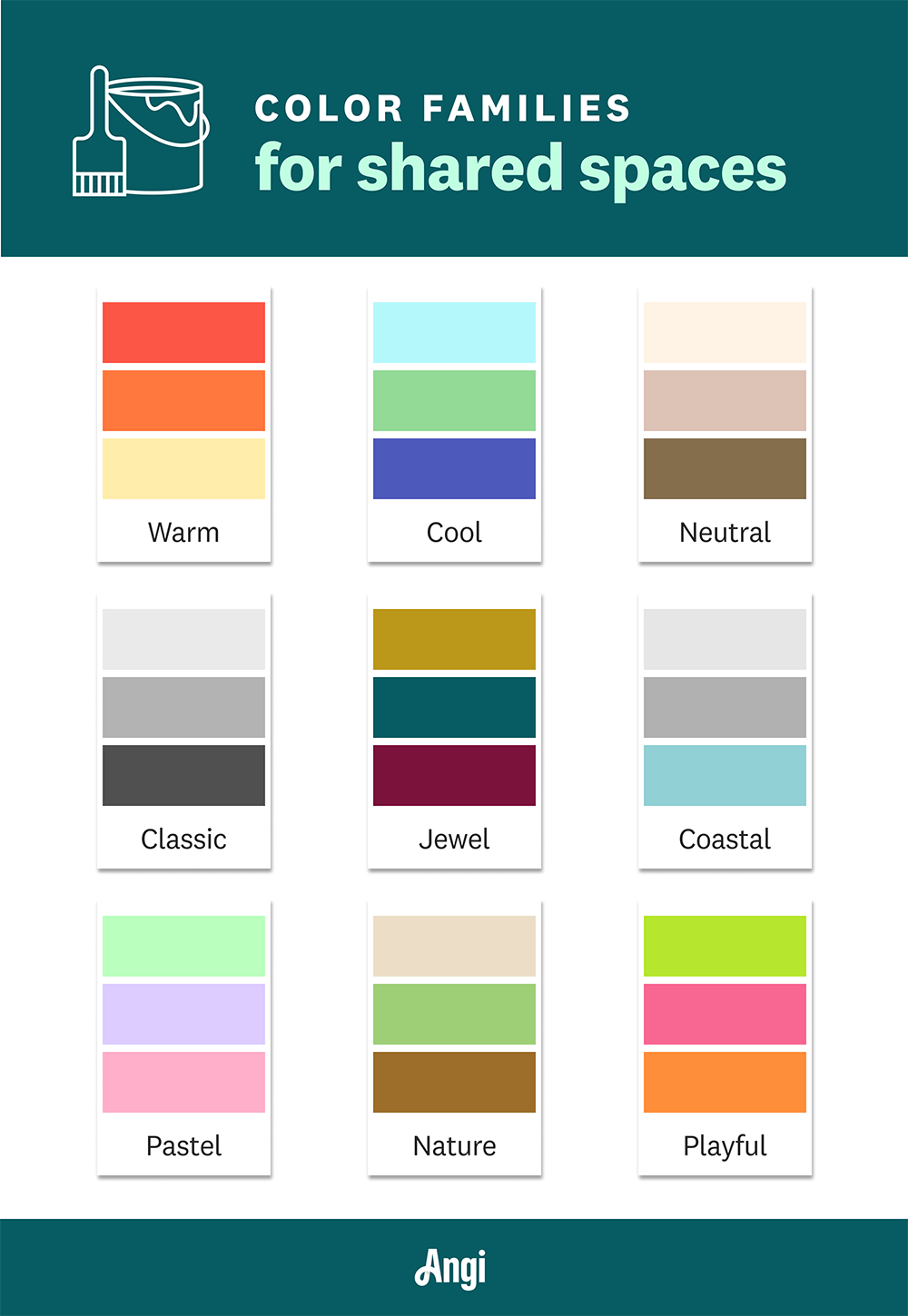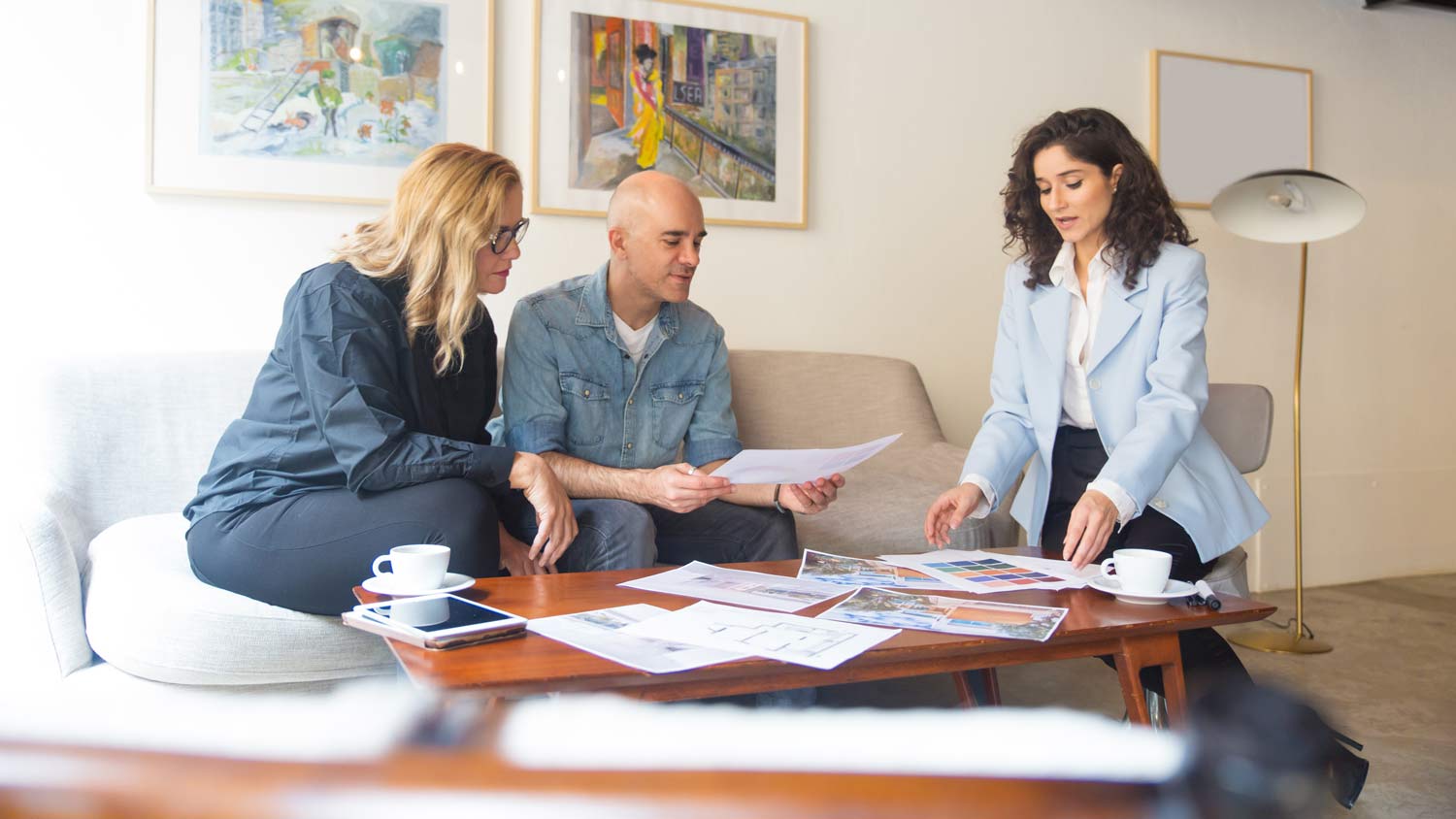The Ultimate Guide to Shared Rooms: Hacks to Make Room Sharing Easy and Fun
Room sharing can be fun when you know how to get it done


In generations past, when homes were smaller and families were larger, sibling room sharing was the norm. While around two-thirds of families with more than two kids today have siblings sharing rooms, many parents with larger homes or smaller families are getting curious about whether they could make it work.
Whether you’re interested in room-sharing because of true space constraints or because of the idea of holding onto that extra bedroom to use as a guest room or home office, there are ways to build out a shared room that keeps everyone happy.
Check out the tips below for creating a shared space that your kids will love.
Use Vertical Space Wisely
There’s a reason bunk beds are so popular in shared rooms. Bunk beds or loft bed systems allow you to maximize floor space and ensure there’s room for play, movement, and everyday activities like getting dressed or completing homework.
Traditional twin-over-twin styles are ideal for younger kids, while full-over-full options work well for tweens and teens. For rooms that will house more than two kids, consider triple stacking bunk beds or multiple sets. While custom furniture can be pricey, it can be worth it to commission custom bunk beds if your space has a unique layout or you plan to have your kids bunk together long term.

Don’t Miss Out on Storage Opportunities
When space is being shared, you’ll likely need to get creative to make sure there’s room for everything everyone needs daily (just ask anyone who shares a closet with their spouse). As you plan a shared bedroom space, consider your furniture options wisely and prioritize pieces that include built-in storage. Bunk or loft beds with storage built into each step, beds with pull-out storage, and desks with ample drawers will help ensure everything in your kids’ room has a spot.
In addition to stacking sleeping spaces, parents can think vertically to create storage and decor options for kids that don’t take up floor space. Consider wall-mounted shelves rather than long bookcases and hanging lighting rather than floor lamps. Hanging seats that can be hooked to the wall when not in use, and stuffed animal nets also save valuable floor space.
Use Symmetry to Your Advantage
Shared rooms don’t have to look cramped. Use symmetry to help your space look clean and put together. To create a clean, symmetrical space, purchase matching beds, bed linens, and window treatments and arrange them by drawing a line down the center of the room with your eyes and placing them in the same position on either side.
Go the extra mile by purchasing matching accessories like wall or ceiling-mounted light fixtures, lamps, decor, and rugs to help the space feel even more aligned. If room layouts aren’t your thing, consider hiring an interior designer to help figure out the best layout for the bedroom.

Remember that Coordinating Doesn’t Have to Mean Matching
If your room-sharers have big personalities, they might not be comfortable with matching decor. If they’d each like to express themselves, consider choosing a color family and keeping the decor in the same scheme without matching. You can also make personalized spaces look coordinated by choosing matching frames for different posters or matching pots or hangers for different plants.

Create Privacy
Creating privacy in a shared space can be tricky, but doing so will help ensure each kid feels like their space is their own. When kids are toddlers or preschoolers, privacy can be as simple as creating a rule that each child only occupies their own bed and has a shelf that’s all their own.
As kids get older, they might appreciate hanging canopies or bed tents that allow them to slumber in peace, built-in bookshelves that separate their sleeping spaces, or loft beds that create personal work and play spaces underneath.
Cut the Clutter
Shared rooms naturally have more stuff hanging around than rooms occupied by just one child. In order to keep the space looking its best, it’s important to keep the clutter at bay.
Keep Toys to a Minimum
If your kids will be sharing a sleeping space, keeping toys out of the bedroom helps the space stay tidy and clutter-free. Designate one to two shelves per child for quiet toys and move everything else into a playroom, a corner of your living room, or storage boxes that can be taken out on rotation.
Hold a Seasonal Clean-Out Day
Spring (summer, fall, and winter) cleaning is a must if you want your kids' space to stay free of clutter. Take the time each season to inventory clothing, toys, and books and pass along or donate anything that’s no longer used regularly.
Find Another Space For Non-Essentials
If possible, sports equipment, bed linens, backpacks, and other non-bedroom essentials should live somewhere other than your kids' shared room. Make use of your garage, mudroom, or other shared spaces to house these items so that your kids' space stays as minimalist as possible.
Navigating room sharing may seem daunting, but with forethought, an eye for design and simplicity, and a little creativity, you can create a shared space your kids will love.





- 26 Fun Kids' Room Ideas (That Grown-Ups Will Love Too)
- 10 Ways to Keep a Kid’s Bedroom Organized Without Cramping Their Style
- 16 Small Bedroom Ideas to Maximize Your Space
- 19 Living Room Layout Ideas You’ll Love [+ Sample Floor Plans]
- 13 Extra Room Ideas to Help You Take Up Space
- 6 Multifunctional Guest Room Ideas Any Guest Would Stay In
- 9 Micro Loft Design Tips to Save Space
- 10 Tips for Making Your Small Space Work for You
- Storage ideas for every room in your house
- 29 Studio Apartment Ideas to Make the Most of Your Space










